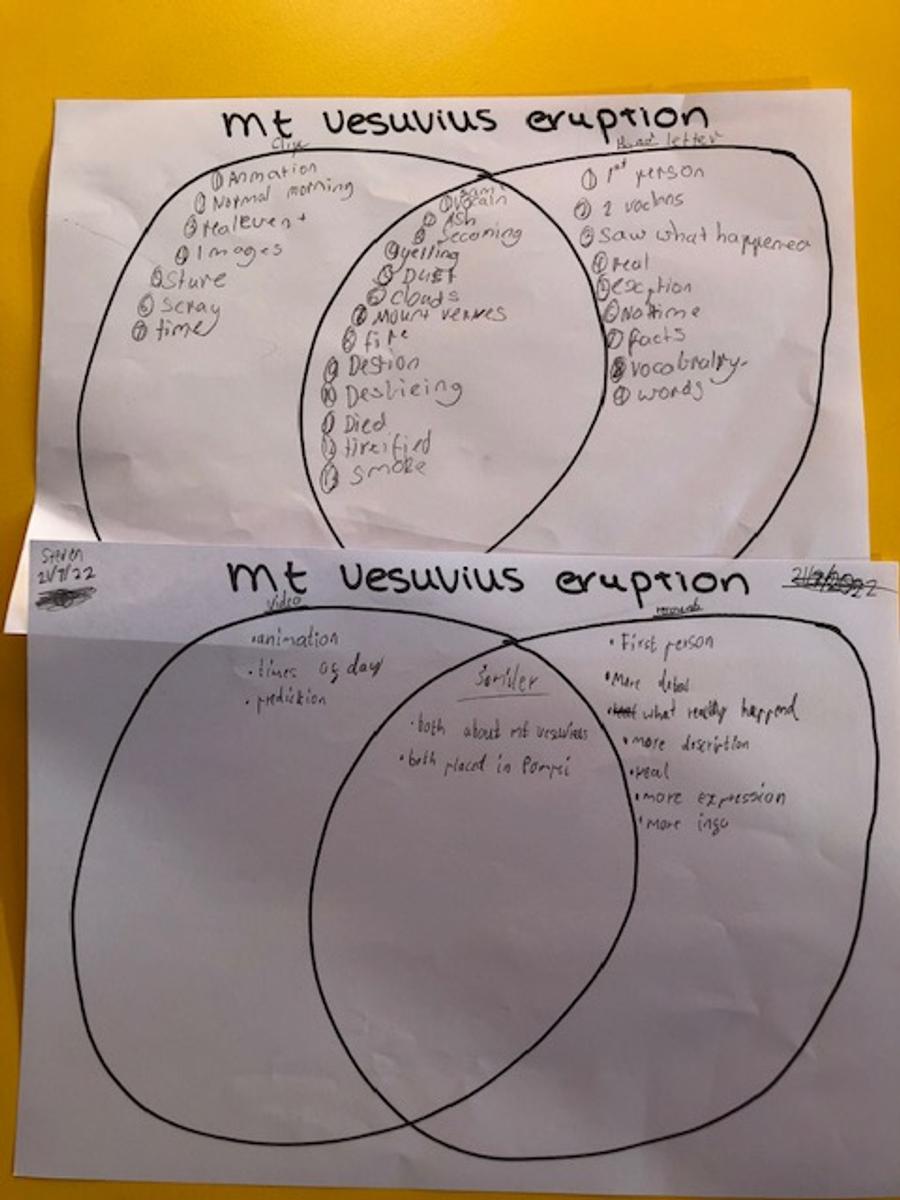Science Education
Julie Garbutt: jgarbutt@srprestonwest.catholic.edu.au
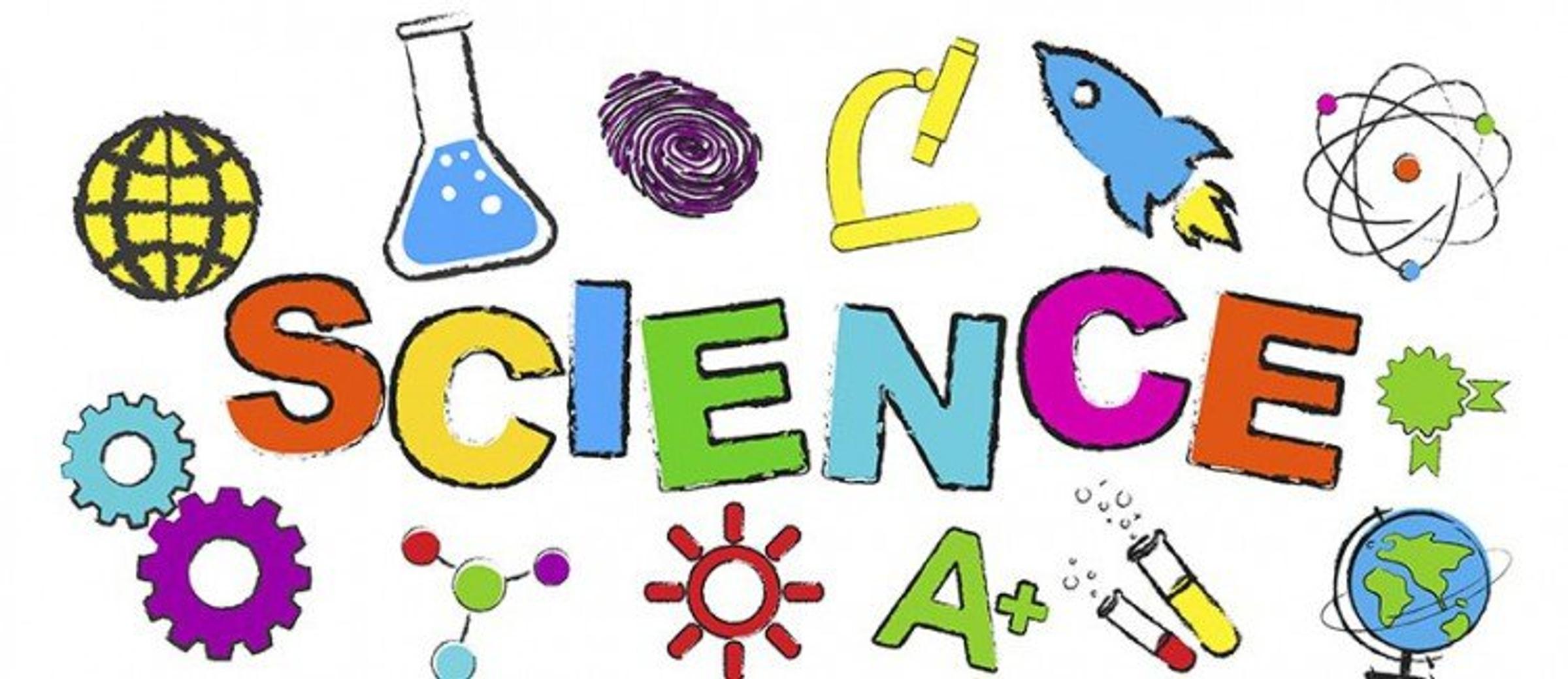
Science Education
Julie Garbutt: jgarbutt@srprestonwest.catholic.edu.au
Students identified, sorted and described the properties of different materials. Students enjoyed decorating a picture of a party hat with their selected materials. Later in the term, students will have the opportunity to decorate a real party hat.

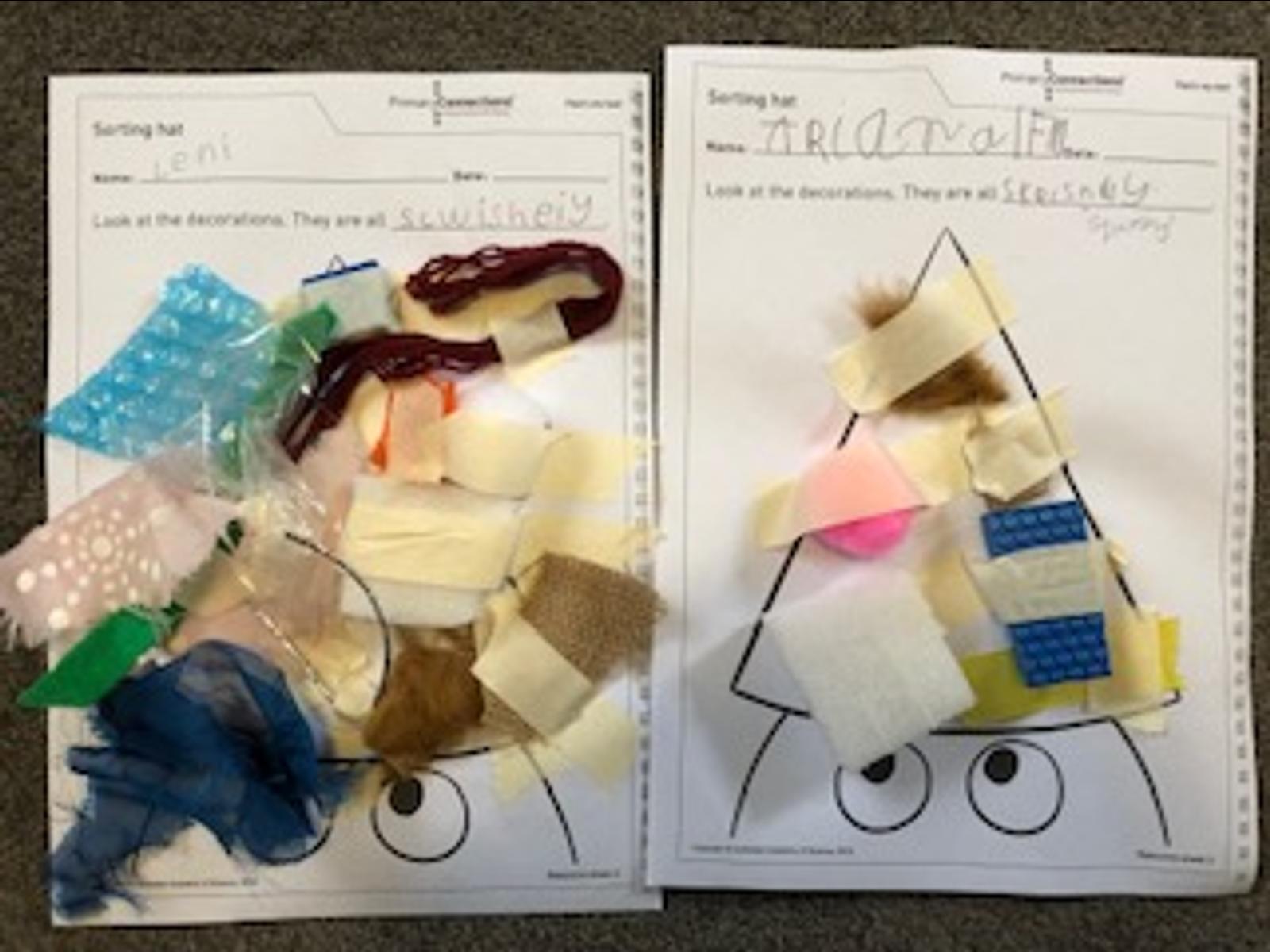


Students also investigated what happens when different materials get wet. Students placed a number of drops of water on different materials, then observed and described what happened to the materials.
Students explored forces exerted in water by pushing different balls and a heavy item into a tub of water. Students represented their investigation and knowledge about push and pull forces through a force-arrow diagram.



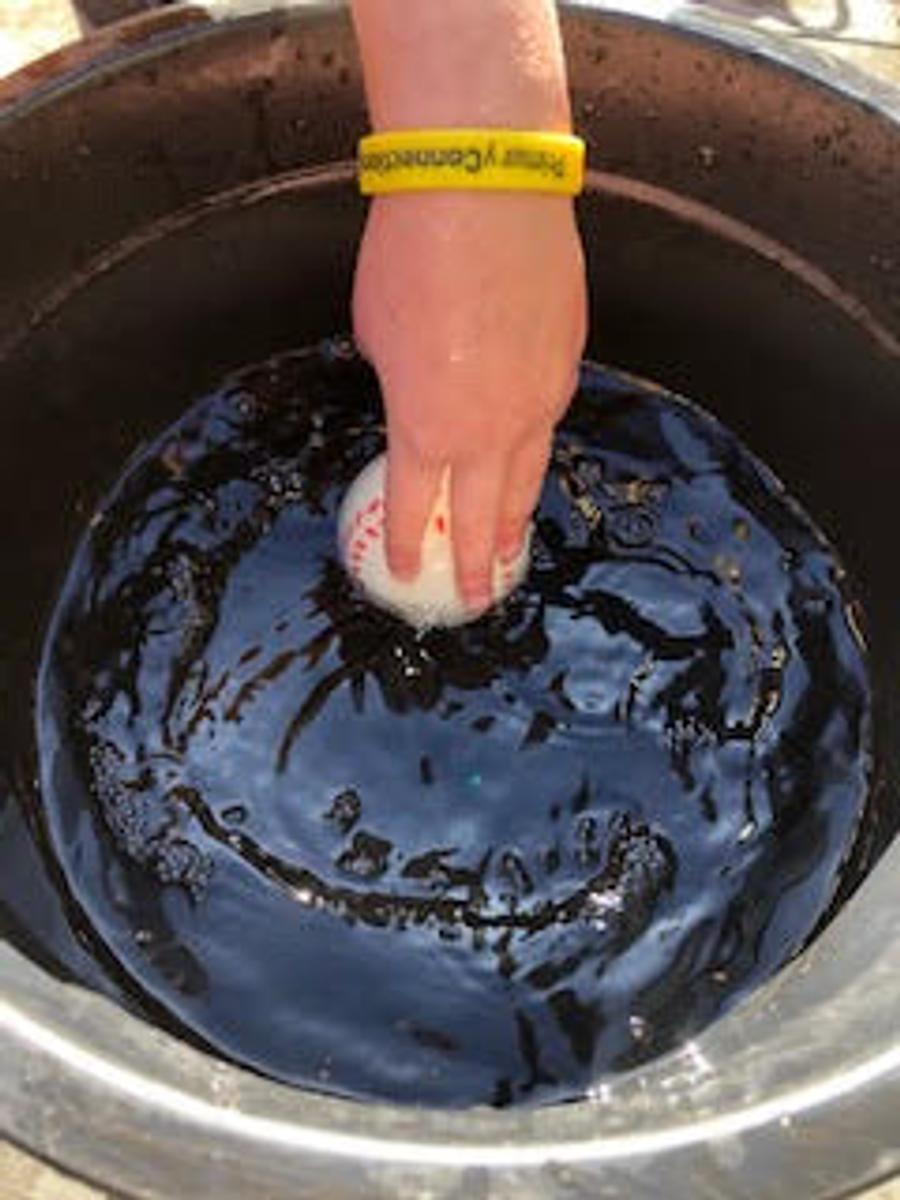




In week 3, students explored forces in the air. Students firstly discussed what air is and where it is found, before then collecting air in a bag. Students observed a demonstration of how a tissue in a cup can stay dry when submerged upside down in a tub of water. This demonstrated how air takes up space and stopped the water from getting to the tissue. Students then investigated how changing the shape or orientation of the paper affects the way it falls. Students released a scrunched up ball of paper and a horizontal flat piece of paper from the same height, at the same time and observed which reached the ground first. This experience developed students' understanding that the flat sheet of paper has a greater surface for the air to push up against, so it falls more slowly than the scrunched up ball of paper.

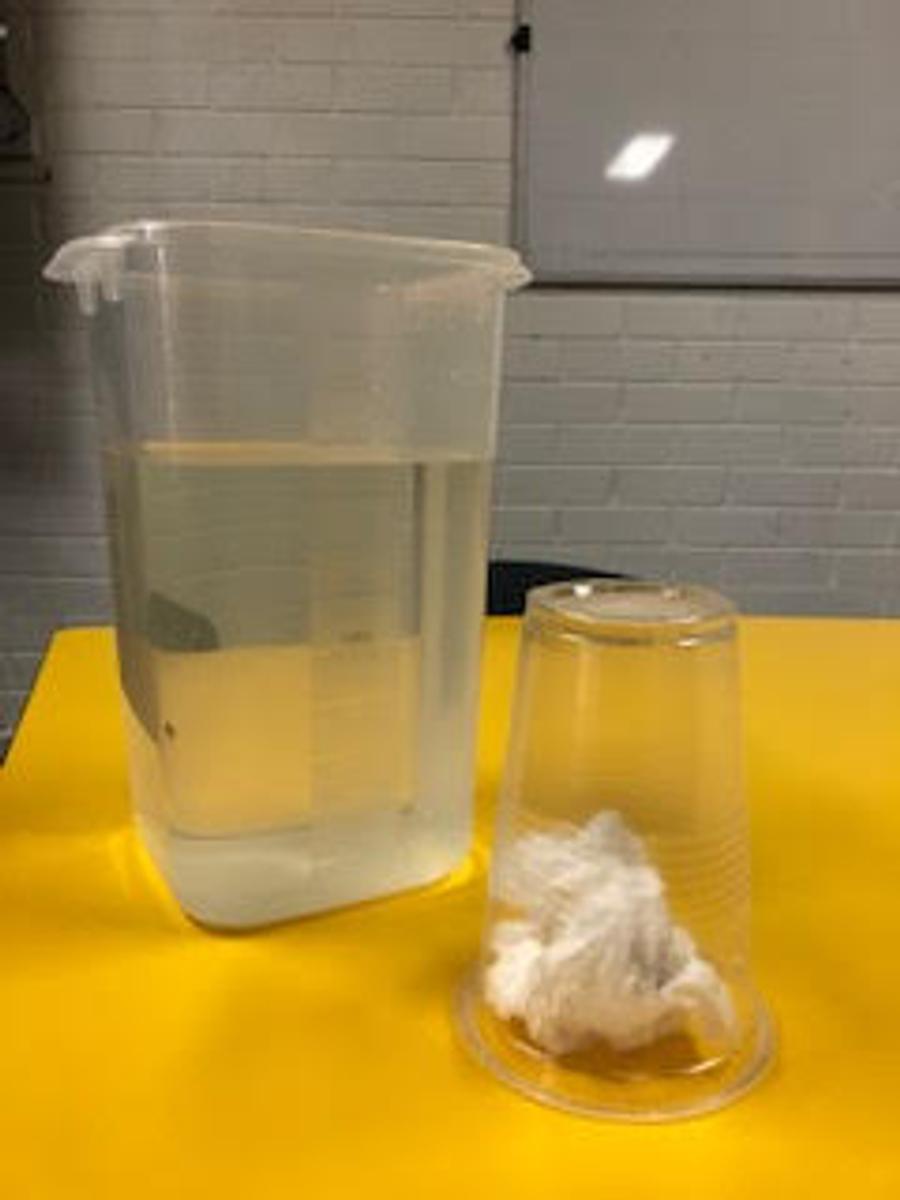








Students explored the magnetic forces through different materials. Students observed the strength of the attraction and how a paperclip moved across the material. Students noted that the strength of the magnetic attraction weakened over distance and that the paperclip moved easily and smoothly over smooth surfaces but not rough surfaces.




In week 3, students began to explore the force of friction. Students firstly recalled their experience of moving the paperclip across different surfaces. Students then identified different examples of friction in the classroom, in the yard or games they play. Finally students learnt to represent the strength and direction of forces in a force-arrow diagram.

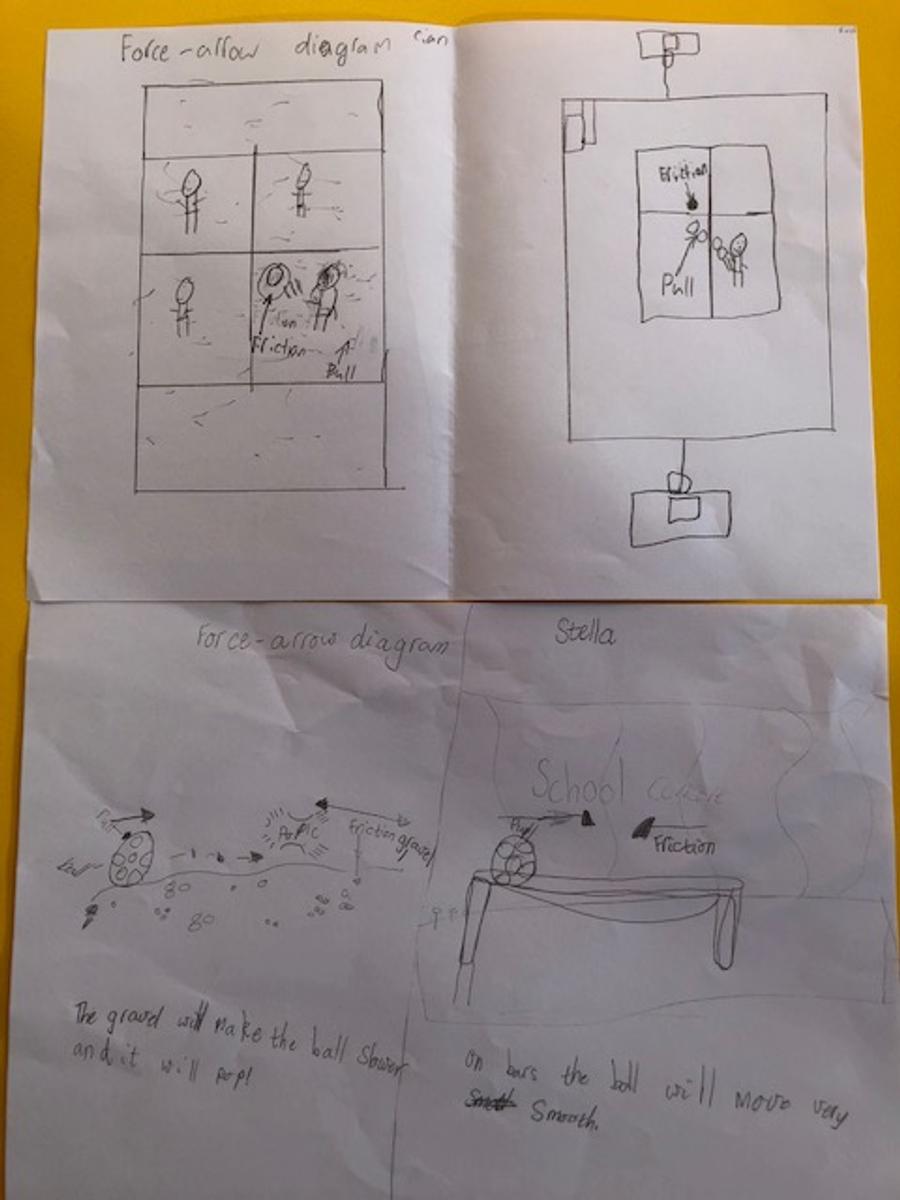


Students viewed and read two different accounts of the eruption of Mount Vesuvius, an animation and a historical recount. Students then compared and contrasted these different accounts. The following week, in teams, students selected a volcano and began to research information about it.

